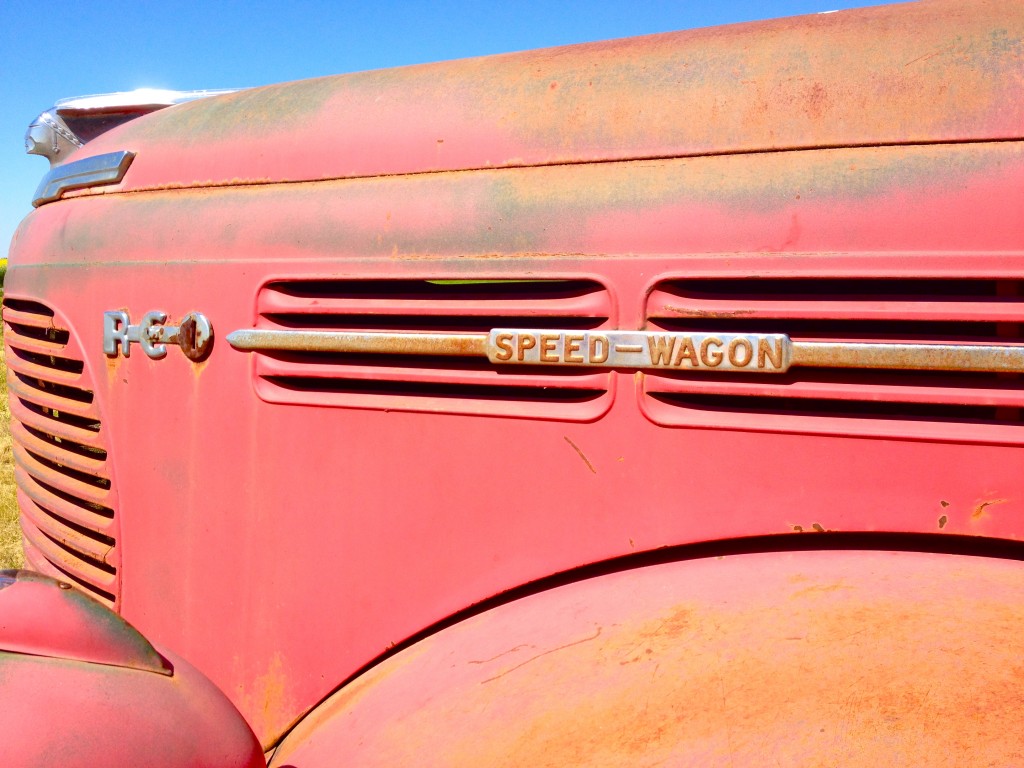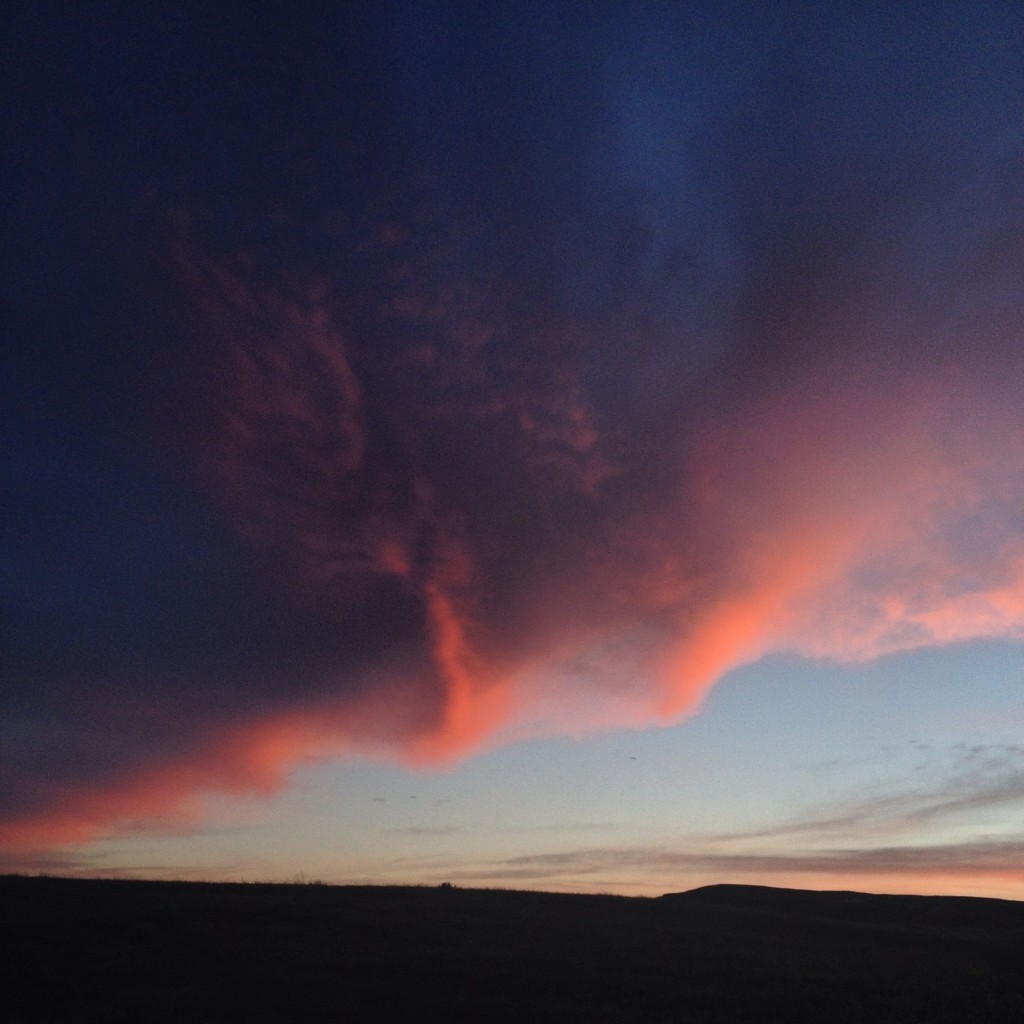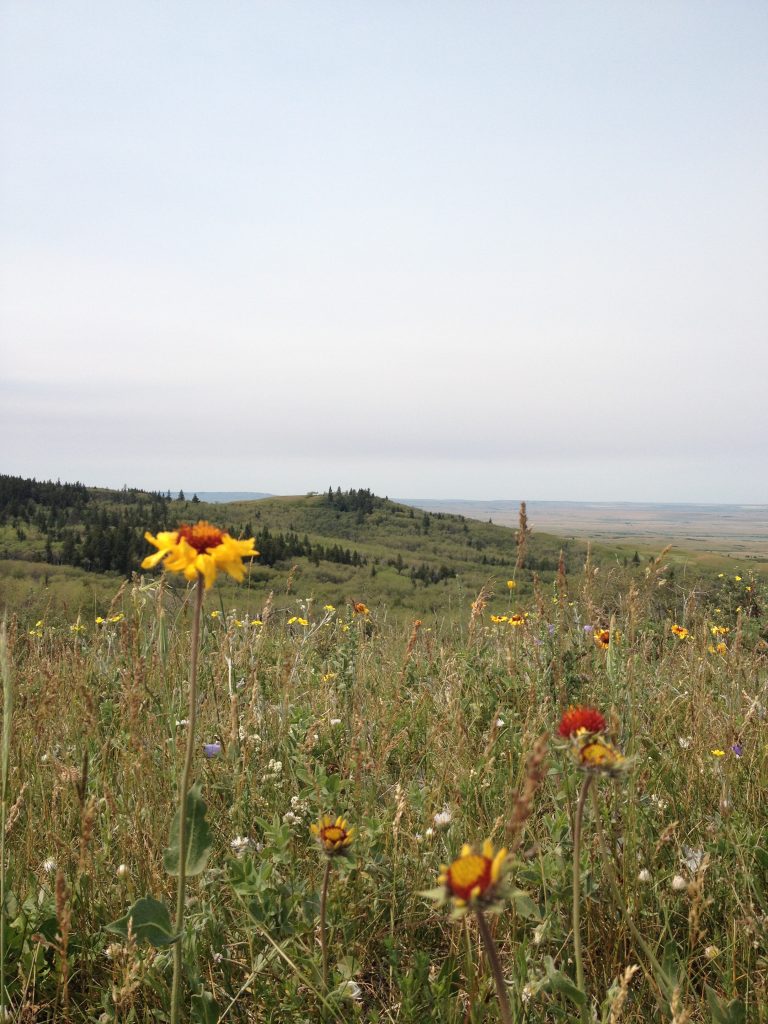Stories of the land from Eastend, SK
“Better to go outdoors. Better to see the flash of warblers in the willows, to smell the spicy aroma of sage, to hear the bright gurgle of the creek as it speeds under the footbridge. Better just to be here and try to accept the solace of this land that refuses to let us forget.”
– Candace Savage, A Geography of Blood
I’ve been staying in Eastend, SK in a charming house that was mail-ordered from an Eaton’s catalogue many years ago. Eastend is home to an Arts Council and the Wallace Stegner House, which provides residency to artists. It’s a quiet, friendly town with a population of approximately 600. The Eastend Historical Museum is hosting one of my digital storytelling workshops July 17-18.
While packing the car for the drive here, my roommate came out of our house and handed me Candace Savage’s award-winning book, A Geography of Blood, which is set in Eastend and Cypress Hills. “Have you read this?” He asked. I hadn’t, though I’d almost bought it several times at various bookstores. It seems serendipitous that I’d held out on reading it until now.
Savage, a Saskatchewan writer, who has stayed at the Stegner House, and now owns a house in Eastend, admirably balances her appreciation for this stunning landscape with an acknowledgement of her white-settler background. In A Geography of Blood, she delves into the disturbing history of Cypress Hills, specifically the government-sanctioned slaughter of bison to purposefully starve Indigenous people, the massacre of the Nakoda at Fort Walsh, and the establishment of farms in the name of so-called progress. Savage digs up the uncomfortable stories buried in the hills and valleys of the Plains while maintaining her love and appreciation for the land.
Here are some photos that were taken on the drive to Eastend and around this area.

1947 REO Speedwagon near Caronport




